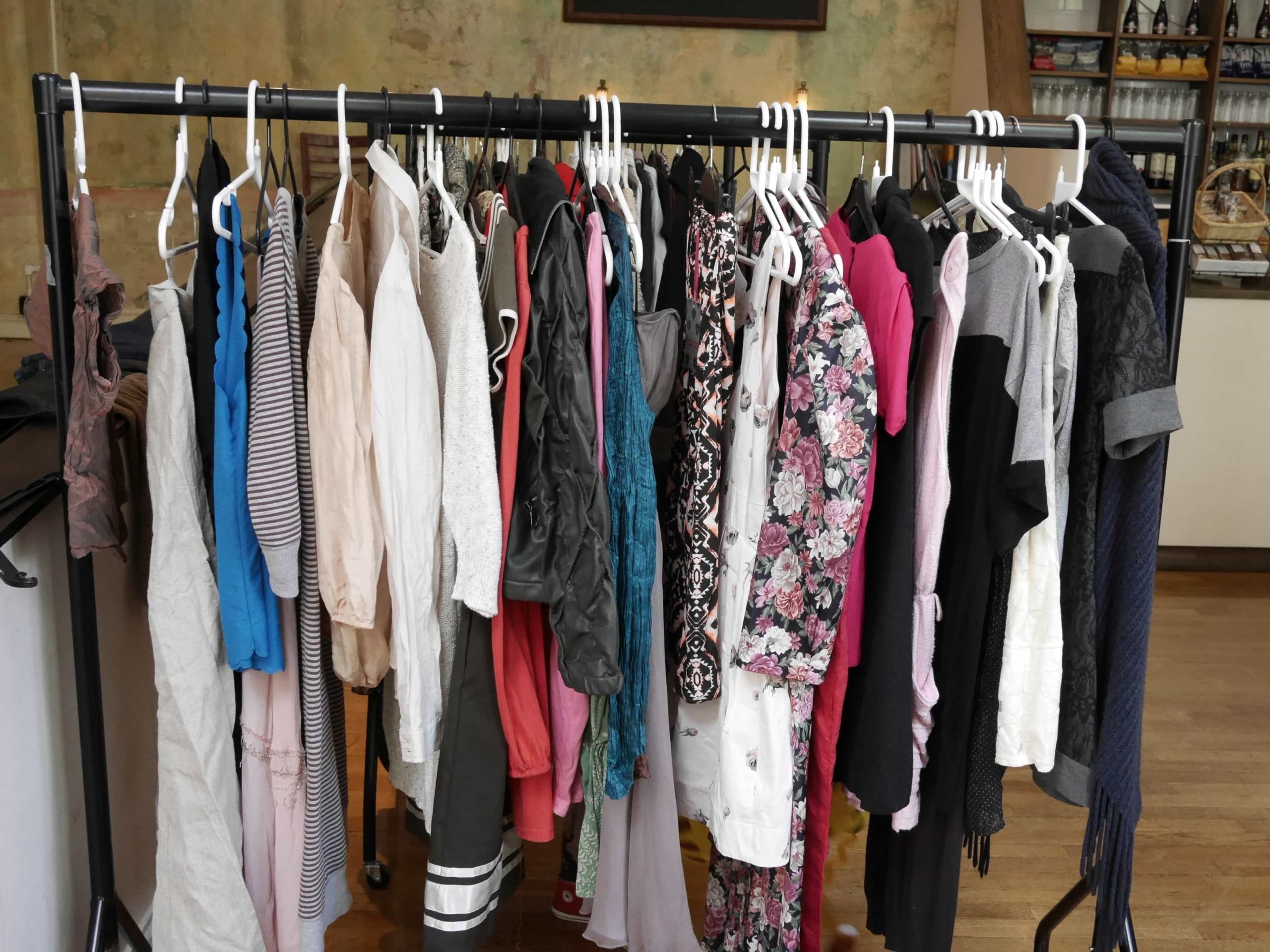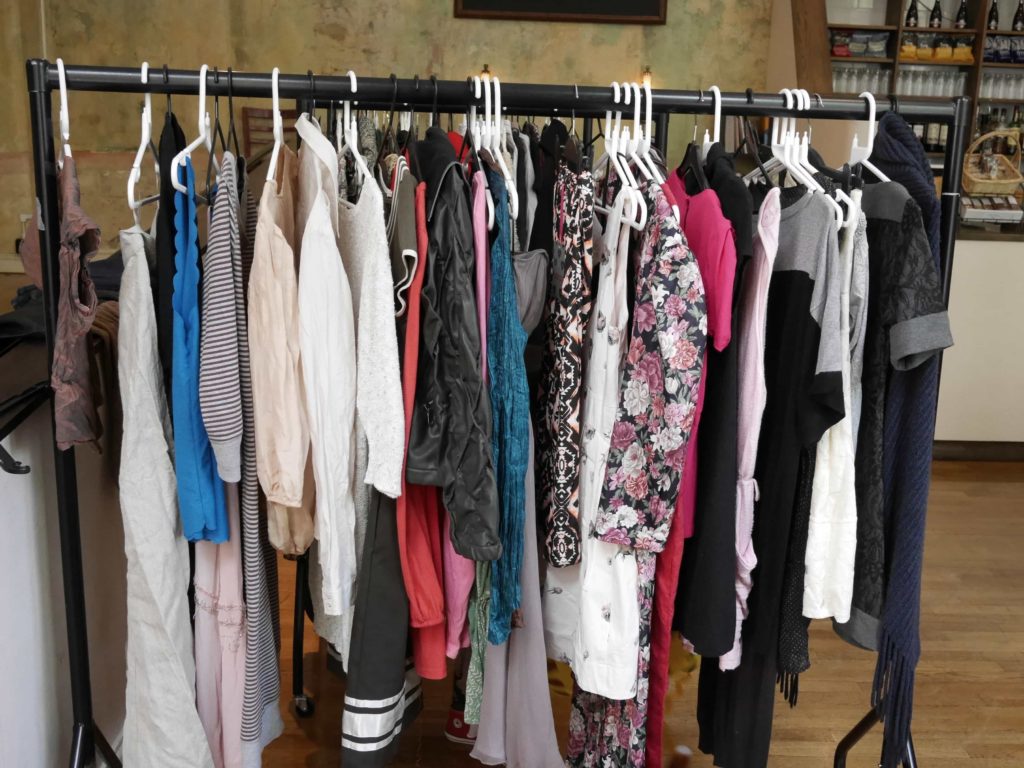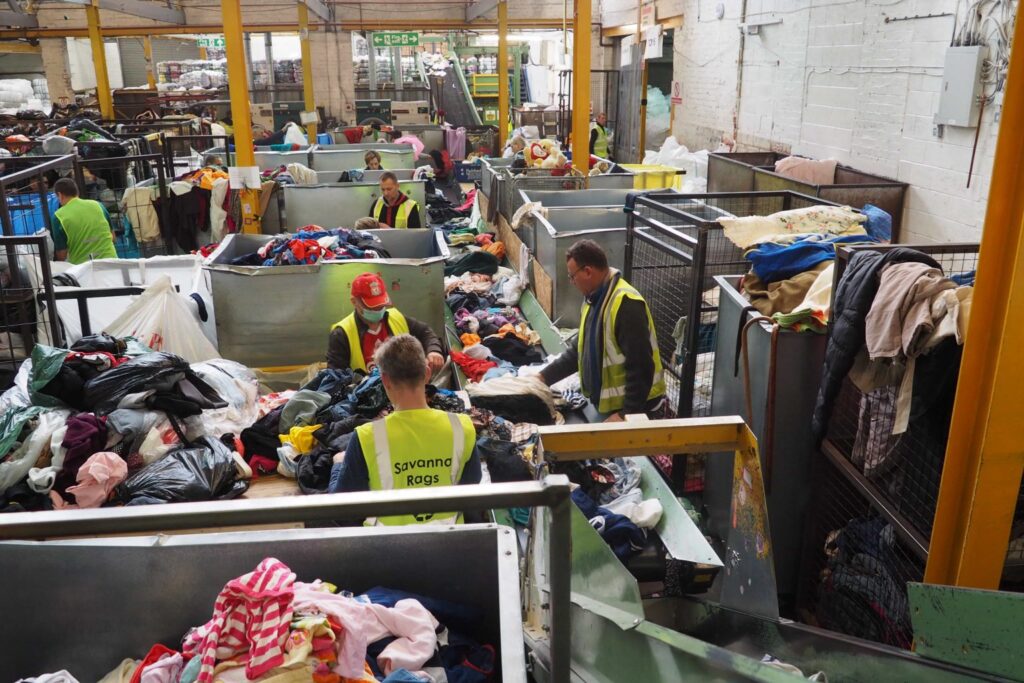In response, the Environmental Audit Committee, chaired by Labour’s Mary Creagh, hit out at the government for ‘rejecting’ what it said was a need to “act urgently to end the era of throwaway fashion”.
In February this year, the Committee published a report in which it called for action to address so-called ‘fast-fashion’ which sees over “a million tonnes of clothes disposed of every year in the UK” (see letsrecycle.com story ).

Recommendations ranged from a landfill and incineration ban for unsold stock to a 1p charge per garment for producers to help fund material collection.
In its official response, the government today ruled out any sort of landfill ban for textiles in favour of more ‘positive approaches’. And, while it noted the 1p ‘levy’ suggestion, it said it would consider extended producer responsibility (EPR) measures for textiles as part of an existing Waste Strategy commitment.
Unsold
On unsold stock, the government response said that it agrees that the priority for dealing with unsold stock should be reuse and recycling, ahead of incineration and landfilling. “This priority is embedded in the waste hierarchy and legislation is in place to support this. We believe that positive approaches are required to find outlets for waste textiles rather than simply imposing a landfill ban and, as set out in the Resources and Waste Strategy, we are developing a mix of policy measures to support reuse and closed loop recycling.”
SCAP
Ministers said they would be focusing on continuing to support WRAP’s voluntary Sustainable Clothing Action Plan (SCAP) and looking at areas such as eco design and eco-labelling.
The government response said: “We will take forward the best mix of policy measures to tackle the environmental impact of textiles, considering voluntary commitments, eco-design product standards, the potential for extended producer responsibility, the provision of better information for consumers on the sustainability of their purchases as through improved product labelling and improving collection systems”.
And the government went on to emphasise its support for SCAP saying it is encouraged by the collective efforts made by SCAP members to date. “The latest SCAP report… shows that between 2012 and 2017 signatories have reduced their water and carbon footprints by 17.7% and 11.9% respectively against a target of 15% per tonne of clothing by 2020, and waste across the product life cycle by 1.1% against a target of 3.5%. More work is required to address waste in the supply chain and SCAP signatories are working on plans to address this, for instance through buying specifications and supplier engagement programmes.”
“Fashion producers should be forced to clear up the mountains of waste they create”
Mary Creagh
Environmental Audit Committee chair
Disappointment
Commenting on this, the Environmental Audit Committee (EAC) expressed disappointment that its recommendations had been rejected and that more was not being done.
EAC chair Mary Creagh, said: “Fashion producers should be forced to clear up the mountains of waste they create. The government has rejected our call, demonstrating that it is content to tolerate practices that trash the environment and exploit workers despite having just committed to net zero emission targets.
She added: “The Government is out of step with the public who are shocked by the fact that we are sending 300,000 tonnes of clothes a year to incineration or landfill. Ministers have failed to recognise that urgent action must be taken to change the fast fashion business model which produces cheap clothes that cost the earth.”
Consumption
According to the EAC, consumption of new clothing is estimated to be higher in the UK than any other European country, at 26.7 kg per capita compared to 16.7 kg in Germany.
The Committee believes that the fashion industry’s current business model is unsustainable, especially with “growing consumption across the world, driving widespread environmental damage”.
EPR
On the subject of extended producer responsibility, the EAC said a charge of 1p per garment on producers could raise £35 million for better clothing collection and sorting in the UK.
Responding to this, the government says: “As stated earlier, in our Resources and Waste Strategy we committed to reviewing and consulting on measures such as EPR and product standards for five new waste streams by 2025, with two of these to be completed by 2020.
“One of the waste streams identified is textiles, including at least all clothing, as well as other household and commercial textiles such as bed linen. Although we are not in a position to confirm when each of the five waste streams will be considered, the Committee’s recommendation is noted.”










Subscribe for free